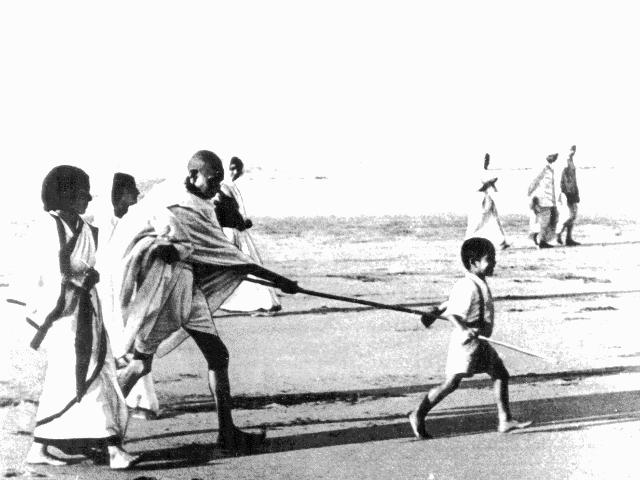Gandhi as the marketplace of ideas (Part I)
Gandhi was never out of the limelight. But since a couple of years now, he has been in it for all the wrong reasons.The pan-African movement recognizes him as a crude Indian nationalist by citing that he never stood up for the then South African Black people as much he did for the Indian population. The Indian rightists ruling class abhor Gandhi for his alleged anti-nationalist stance when it came to his professed compassion for the Muslims. The bourgeois intellectual film directors Raj Kumar Santoshi and Shyam Benegal have portrayed Gandhi in ways to suit their standpoints: movies have been made to celebrate Bhagat Singh and Subhas Bose only so that their characters can clash with Gandhi. The pacifists have used Gandhi to show that we don’t need any violence at all, as though that were the lessons Gandhi demonstrated. The conservatives have utilized Gandhi to prove that religious fundamentalism is the path to God and hence prayers should be made compulsory in schools. Dalits think Gandhi was their worst enemy. Brahmins think Gandhi was their worst enemy.
Gandhi is back in limelight. I shall allow myself to swim in the bundle of contradictions and take a retake on my own view of the first para: maybe he has been in it for all the right reasons.So that we be forced to rethink. Not to rethink Gandhi per se, which is the act, several interest groups are hard-pressing for the people to do. For I don’t think Gandhi being right or wrong is all that important (since no person can logically be right all the time—where will that leave the relativity of judgments leading to the mindless wars we have witnessed—the need is not to be right all the time, but to be right for the just causes). To me, what’s crucial is our motives for evaluating him the way we have done...